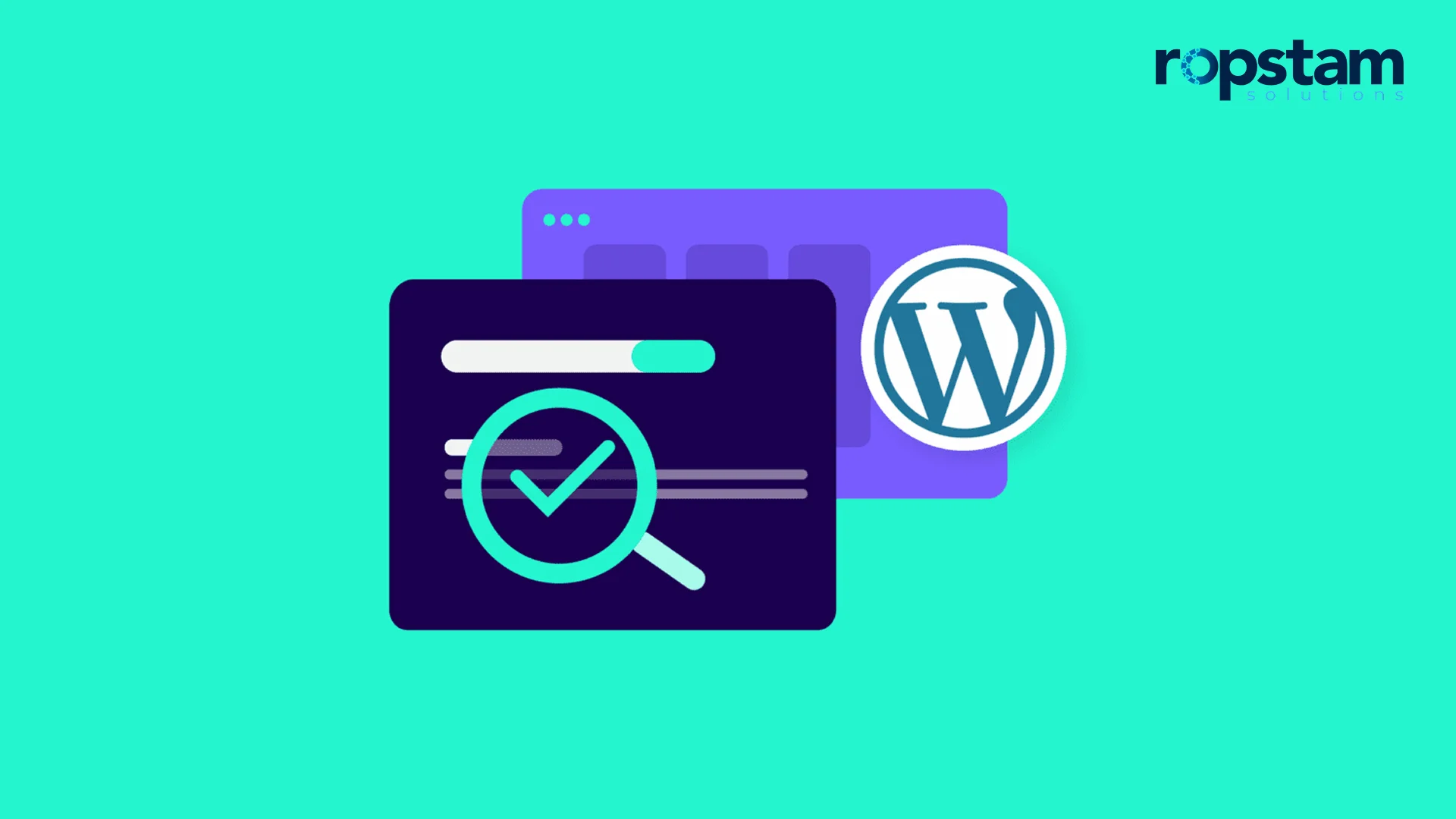E-commerce has revolutionized the business landscape, providing unparalleled convenience and accessibility to customers across the globe. With just a few clicks, shoppers can explore an endless array of products and services from the comfort of their homes, breaking down traditional barriers of time and location. However, alongside this remarkable advancement comes a heightened vulnerability; the surge in online transactions has led to an alarming increase in cyber threats and attacks. Providing complete e-commerce security is not merely a precaution—it’s a vital safeguard that protects sensitive customer data, secures financial transactions, and upholds the integrity of businesses in an ever-evolving digital marketplace.
Understanding the Understanding of E-commerce Security
E-commerce security is the measures and protocols to protect online transactions, customer data, and business assets from cyber threats. A secure e-commerce platform builds customer trust, ensures regulatory compliance, and prevents financial losses. Without proper security measures, businesses risk data breaches, financial fraud, and reputational damage, leading to loss of customer confidence and potential legal consequences.
Common E-commerce Security Threats
1. Phishing Attack
Phishing is a deceptive cyber attack where hackers impersonate legitimate entities to trick users into providing sensitive information, such as login credentials or credit card details.
These attacks are often conducted via email, where attackers send messages that appear to be from legitimate sources, such as banks or well-known companies. The email contains a link to a fake website that mimics the real one. Unsuspecting users enter their information, which the attackers then harvest.
Impact: Phishing can lead to identity theft, financial loss, and unauthorized access to user accounts.
2. DoS and DDoS Attacks
Denial-of-Service (DoS) and Distributed Denial-of-Service (DDoS) attacks overwhelm an e-commerce website with excessive traffic, causing server downtime and disrupting normal operations. These attacks can lead to significant revenue losses and damage to brand reputation.
In a DoS attack, a single source bombards the server with excessive requests, exhausting its resources. In a DDoS attack, multiple sources (often a botnet of infected devices) are used to generate an even greater traffic volume, making it difficult to mitigate.
Impact: These attacks can cause significant downtime, resulting in loss of sales, damage to the brand’s reputation, and customer dissatisfaction.
3. SQL Injection
SQL injection is an attack in which cybercriminals exploit a website’s database vulnerabilities by injecting malicious SQL queries. Attackers input malicious SQL code into form fields or URL parameters. If the input is not properly sanitized, the database executes the malicious code, which can allow attackers to access, modify, or delete data stored in the database.
Impact: SQL injection can lead to data breaches, exposing sensitive customer information and causing severe reputational and financial damage.
4. Brute Force Attacks
Brute force attacks involve repeated attempts to guess passwords or encryption keys until access is granted. Weak passwords make it easier for hackers to gain unauthorized entry into e-commerce platforms, compromising business and customer security.
Cybercriminals use automated tools to try many credential combinations until they find the correct one. They may use dictionaries of commonly used passwords or attempt all possible combinations.
Impact: Successful brute force attacks can compromise user accounts, leading to unauthorized transactions and data breaches.
5. Financial Fraud
Cybercriminals exploit e-commerce platforms using stolen credit card information, fake accounts, and fraudulent transactions. Financial fraud affects businesses and damages consumer trust, leading to chargebacks and legal complications.
Fraudsters may use stolen credit card numbers or hijacked user accounts to make unauthorized purchases. They may also commit chargeback fraud by purchasing goods and disputing the transaction with the payment processor.
Impact: Financial fraud results in direct monetary losses, chargeback fees, and potential legal issues for businesses and customers.
Take Control with Best Practices for Securing Your E-commerce Site
Ensuring the security of your e-commerce site is vital to protect sensitive customer data, maintain trust, and comply with regulatory requirements. Below are detailed best practices to enhance the security of your online store:
1. Data Encryption
Data encryption transforms readable data into an unreadable format, ensuring it remains secure even if intercepted.
- SSL/TLS Protocols: Use Secure Sockets Layer (SSL) or Transport Layer Security (TLS) protocols to encrypt data transmitted between users’ browsers and your web server. These protocols ensure that sensitive information, such as login credentials, payment details, and personal information, is securely transmitted over the internet, protecting it from malicious actors’ interference.
- Database Encryption: Encrypt sensitive data stored in your databases. This adds a layer of security by making the data unreadable to unauthorized users, even if they gain access to the database.
2. Two-Factor Authentication
Two-factor authentication adds an extra layer of security by requiring users to provide two forms of identification.
- User Accounts: Enable 2FA for customer and administrative accounts. This typically involves a combination of a password and a temporary code sent to the user’s mobile device.
- Multi-Factor Options: To provide flexibility and enhance security, offer multiple 2FA methods, such as SMS, email, or authentication apps.
3. Incidence Response Plan
An effective incident response plan ensures your business can quickly address and mitigate security breaches.
- Preparation: Develop a comprehensive incident response plan outlining the steps to take in case of a security breach. Assign roles and responsibilities to team members for swift action.
- Detection and Analysis: Implement monitoring tools to detect suspicious activity and analyze potential threats. Update your plan regularly based on new threat intelligence.
- Containment and Eradication: Have clear procedures for containing the breach to prevent further damage and eradicate the threat from your systems.
- Recovery and Post-Incident Review: Establish a recovery plan to restore normal operations and conduct a post-incident review to identify lessons learned and improve future response efforts.
4. Rigorous Employee Training
Employees are often the first line of defense against security threats. Educated and vigilant employees can prevent many security incidents.
- Security Awareness Programs: Conduct regular security awareness training sessions to educate employees about the latest threats, such as phishing attacks and social engineering tactics.
- Phishing Simulations: Run phishing simulations to test employees’ ability to recognize and respond to phishing attempts.
- Clear Security Policies: Develop and enforce clear security policies and procedures. Ensure employees understand and follow these guidelines to maintain a secure working environment.
- Continuous Education: Provide ongoing training and updates to keep employees informed about new security practices and emerging threats.
Final Thoughts
E-commerce security is critical to running a successful online business. Companies can protect their platforms, customers, and financial assets from cyber risks by understanding common threats and implementing full security measures. Prioritizing security ensures compliance with industry standards and fosters customer trust, leading to long-term business growth. Investing in e-commerce security today can prevent costly breaches and safeguard the future of your online store.













